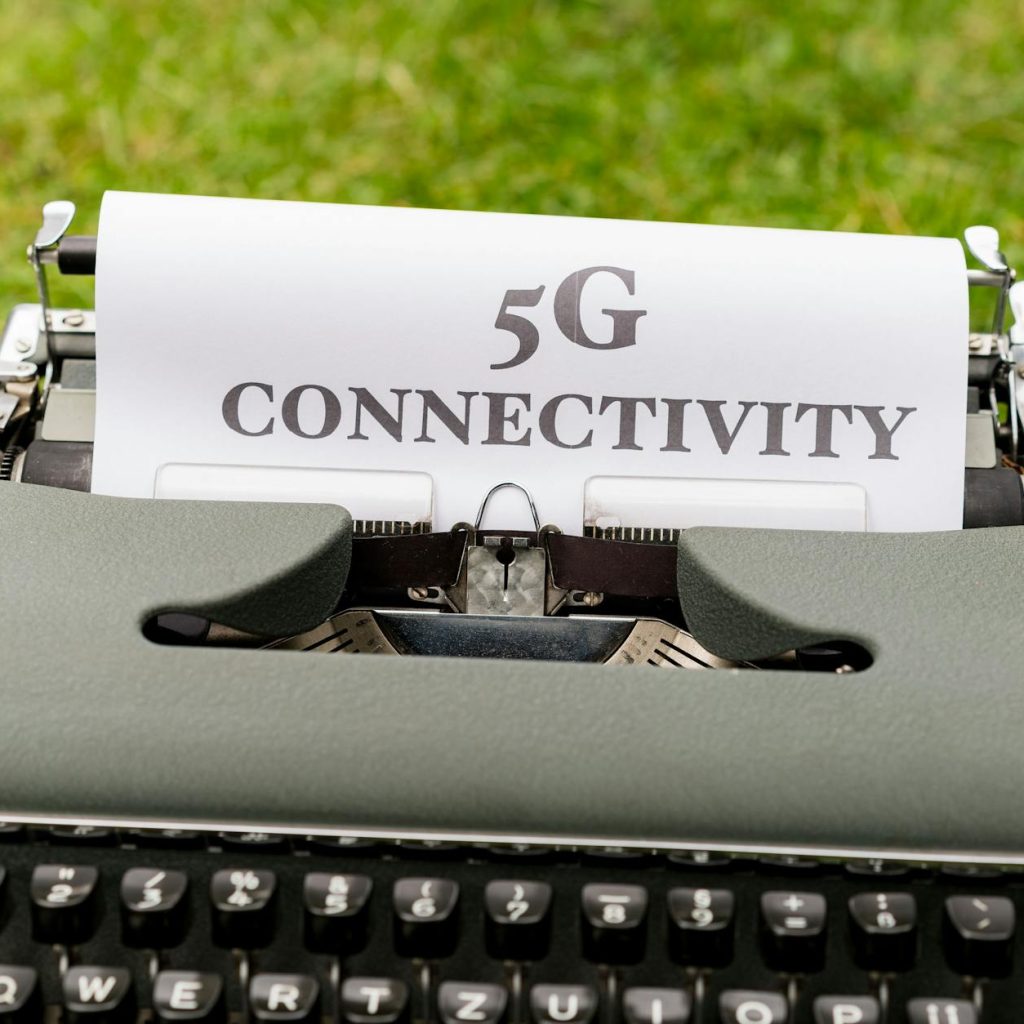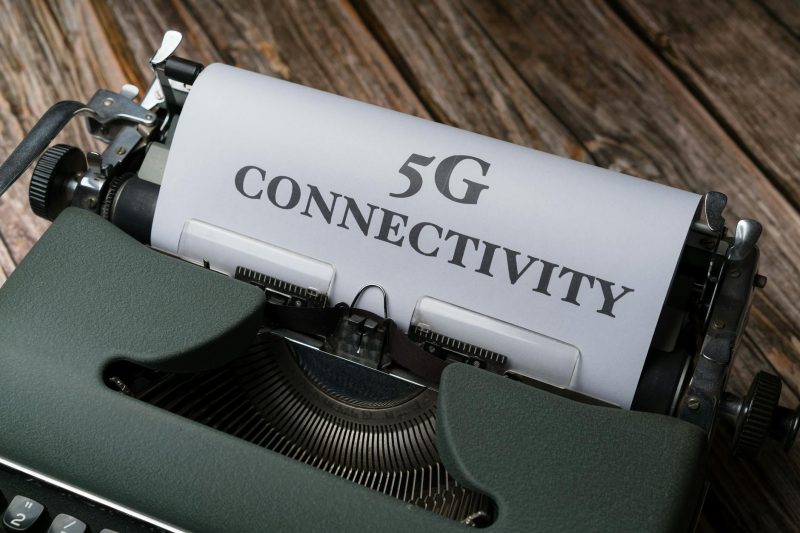5G vs. 6G: Stunning Next-Gen Connectivity
In the ever-evolving landscape of technology, the transition from 5G to 6G represents more than just an incremental upgrade—it signifies a leap into a future where connectivity is not just faster, but transformative. The world is abuzz with excitement as these technologies promise to reshape industries and daily life. Let’s delve into the advancements, opportunities, and potential challenges brought by 5G and the emerging 6G.
Understanding 5G: The Current Frontier
5G, the fifth generation of mobile networks, has already begun revolutionizing connectivity. With speeds up to 10 Gbps and latency as low as 1 ms, 5G enables seamless video streaming, real-time gaming, and efficient IoT (Internet of Things) applications. Industries from healthcare to manufacturing are leveraging 5G’s capabilities, enhancing remote patient monitoring and optimizing smart factories.
Companies like Verizon and AT&T are at the forefront, deploying 5G networks across cities. This technology is not just about speed; it’s about enabling a connected world where devices communicate instantaneously, supporting innovations like autonomous vehicles and smart cities.
The Dawn of 6G: A Glimpse into the Future
While 5G is still rolling out, researchers are already envisioning 6G. Expected to launch around 2030, 6G promises speeds exceeding 1 Tbps, latency below 1 ms, and integration with AI. Imagine a world where networks anticipate user needs, optimizing traffic and energy use through predictive analytics.
Universities and tech giants are collaborating to develop 6G, focusing on terahertz frequencies and quantum computing to unlock new possibilities. These advancements could revolutionize AR/VR, enabling indistinguishable virtual and real worlds, and enhance AI-driven healthcare with real-time diagnostics.
5G vs. 6G: A Comparative Overview
| Feature | 5G | 6G (Expected) |
|—————|——————————|——————————|
| Speed | Up to 10 Gbps | Exceeding 1 Tbps |
| Latency | As low as 1 ms | Below 1 ms |
| Integration | Primarily IoT and smart tech | AI and quantum computing |
| Applications | Enhanced mobile, IoT, smart cities | AR/VR, autonomous systems, AI-driven healthcare |
Technological and Business Innovations
The transition from 5G to 6G is more than technological; it’s an economic shift. 5G is driving changes in business models, with companies investing in IoT and smart manufacturing. As 6G approaches, industries will adopt AI-integrated practices, fostering efficiency and innovation. McKinsey predicts a potential $13 trillion impact from 5G by 2030, signaling a transformative economic era.
Cultural and Societal Impact
Beyond technology, 5G and 6G promise to bridge cultural gaps. Imagine global classrooms and virtual collaboration bridging regions. However, challenges like digital divide persist. As 6G emerges, inclusivity will be key to ensure equitable access and avoid a deeper divide.
Conclusion: The Future of Connectivity
As we transition from 5G to 6G, we’re not just upgrading networks; we’re redefining connectivity’s role in society. The journey from 5G to 6G is about potential—economic, cultural, and technological. These technologies hold the key to a future where connectivity knows no bounds.
Reflection: As we explore these frontiers, it’s crucial to address challenges and ensure inclusive growth. Stay tuned for more insights on BeNewsMag.com as we navigate the future of technology and its profound impact on our lives.

